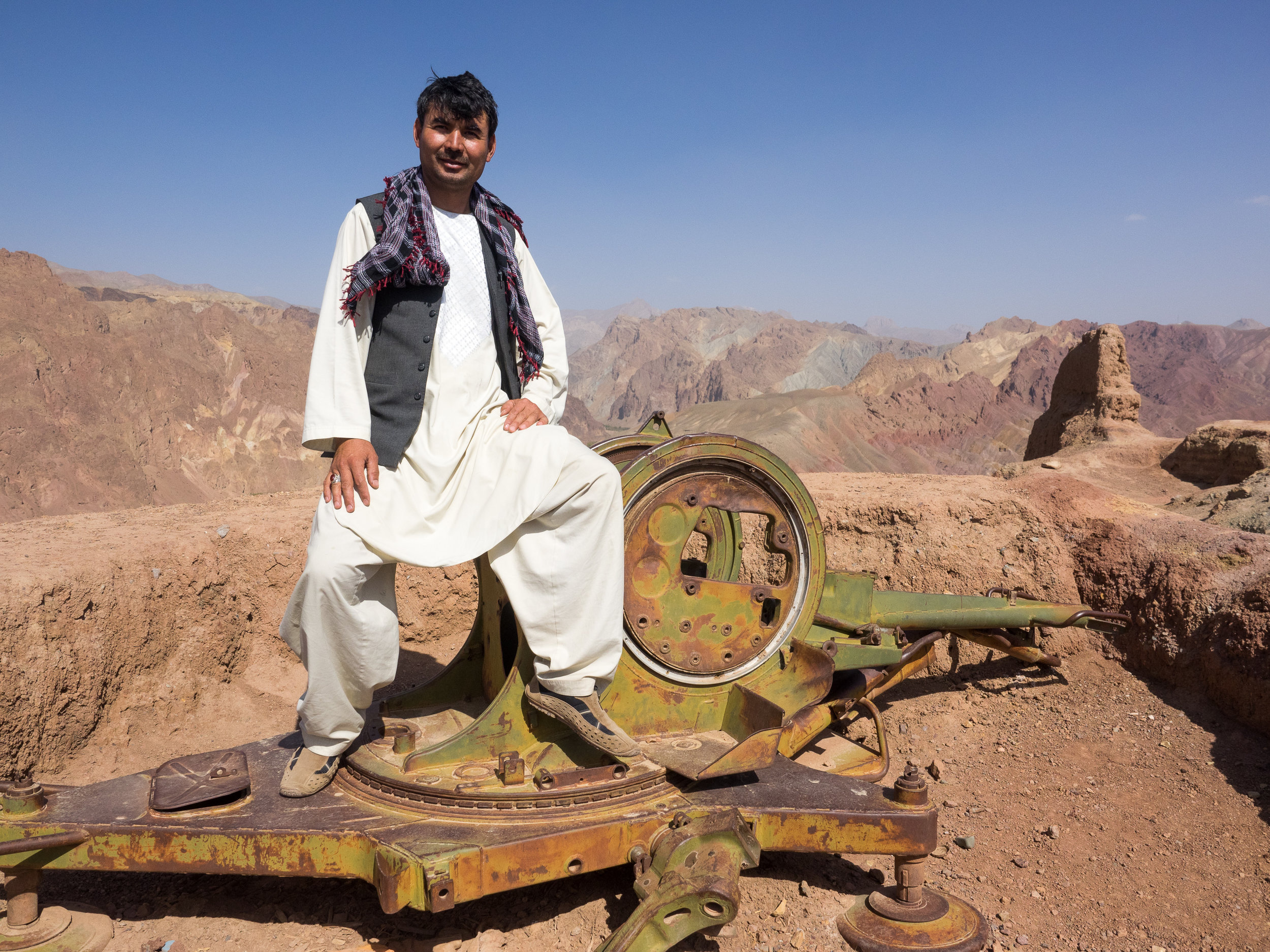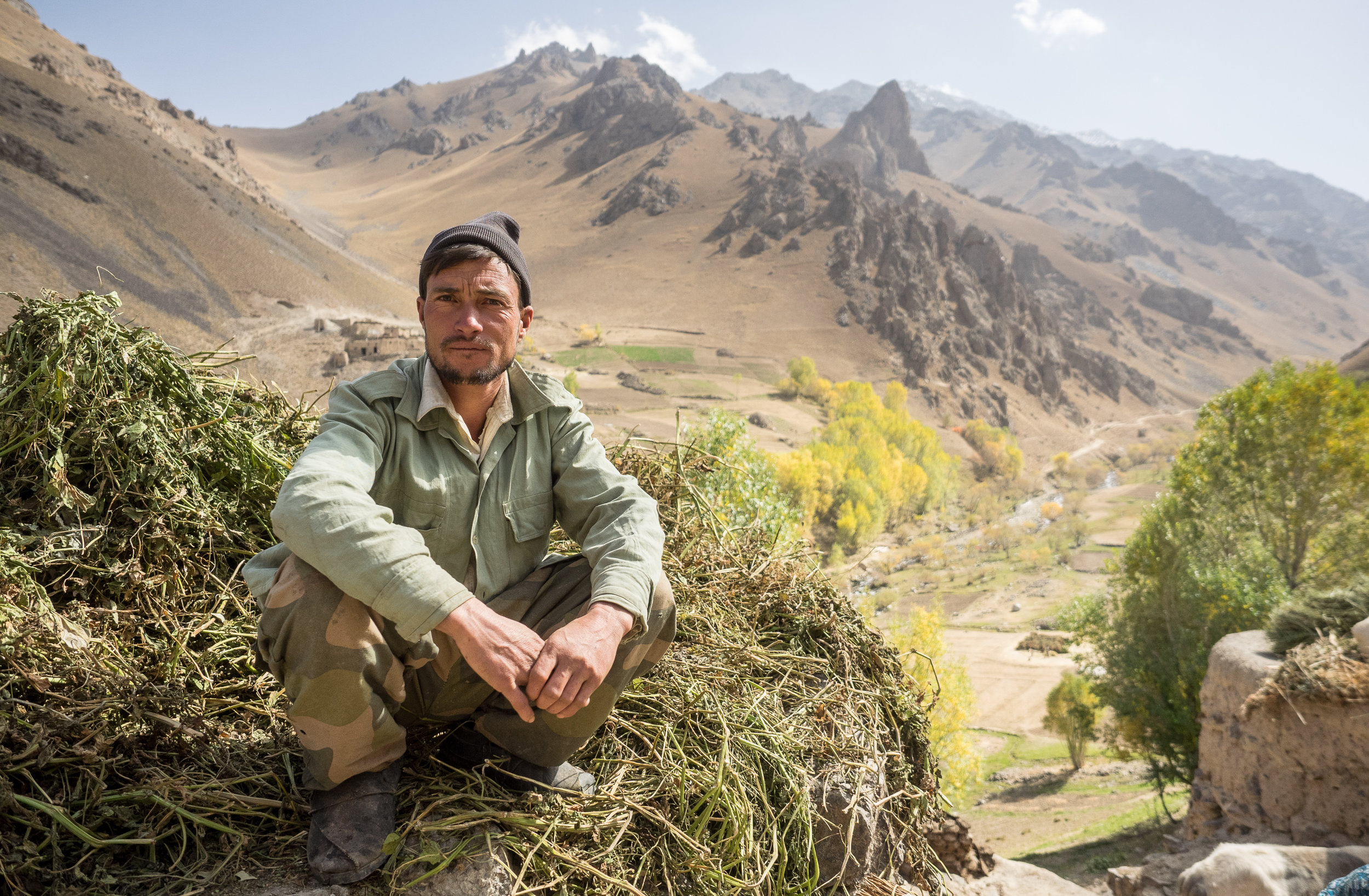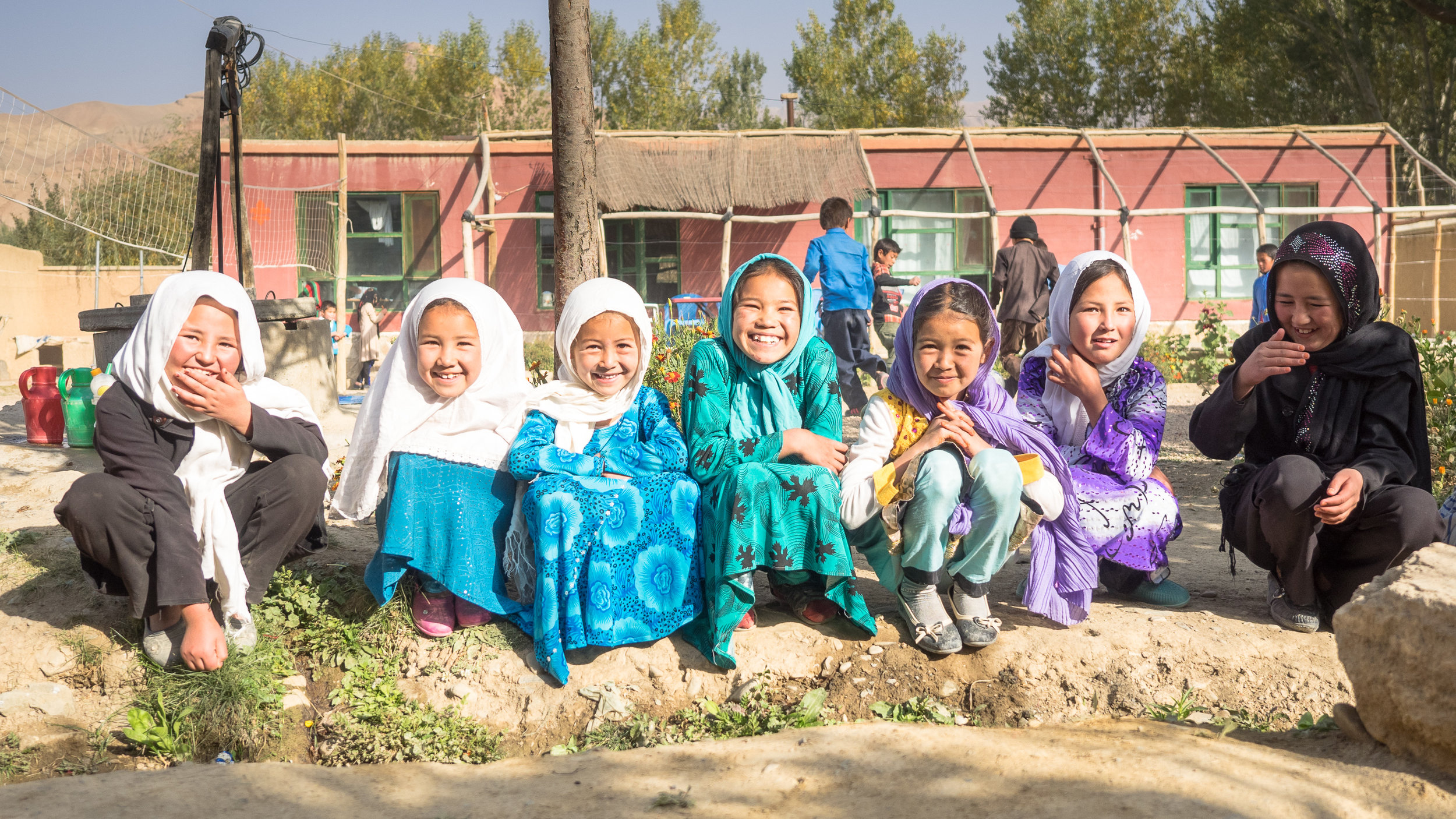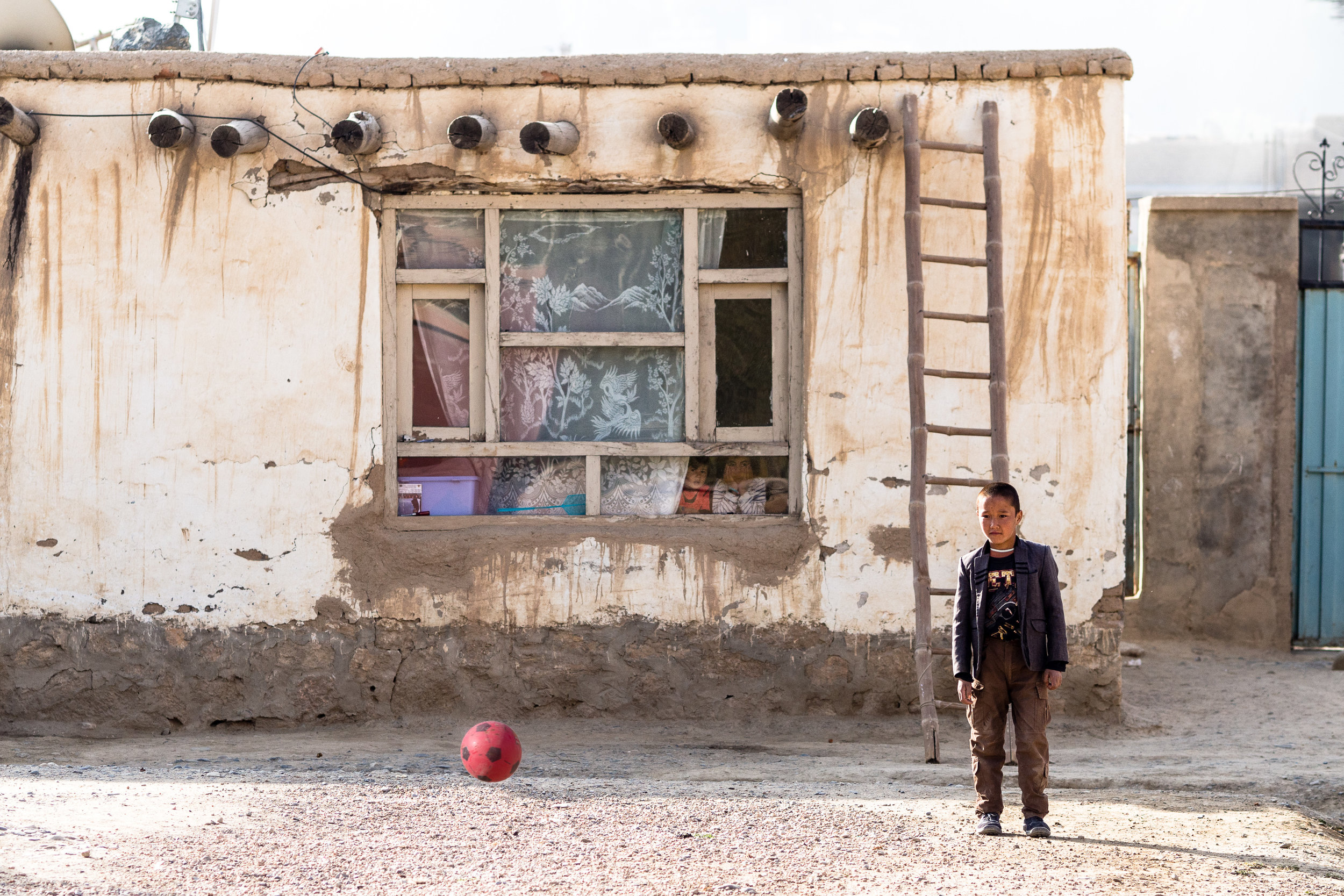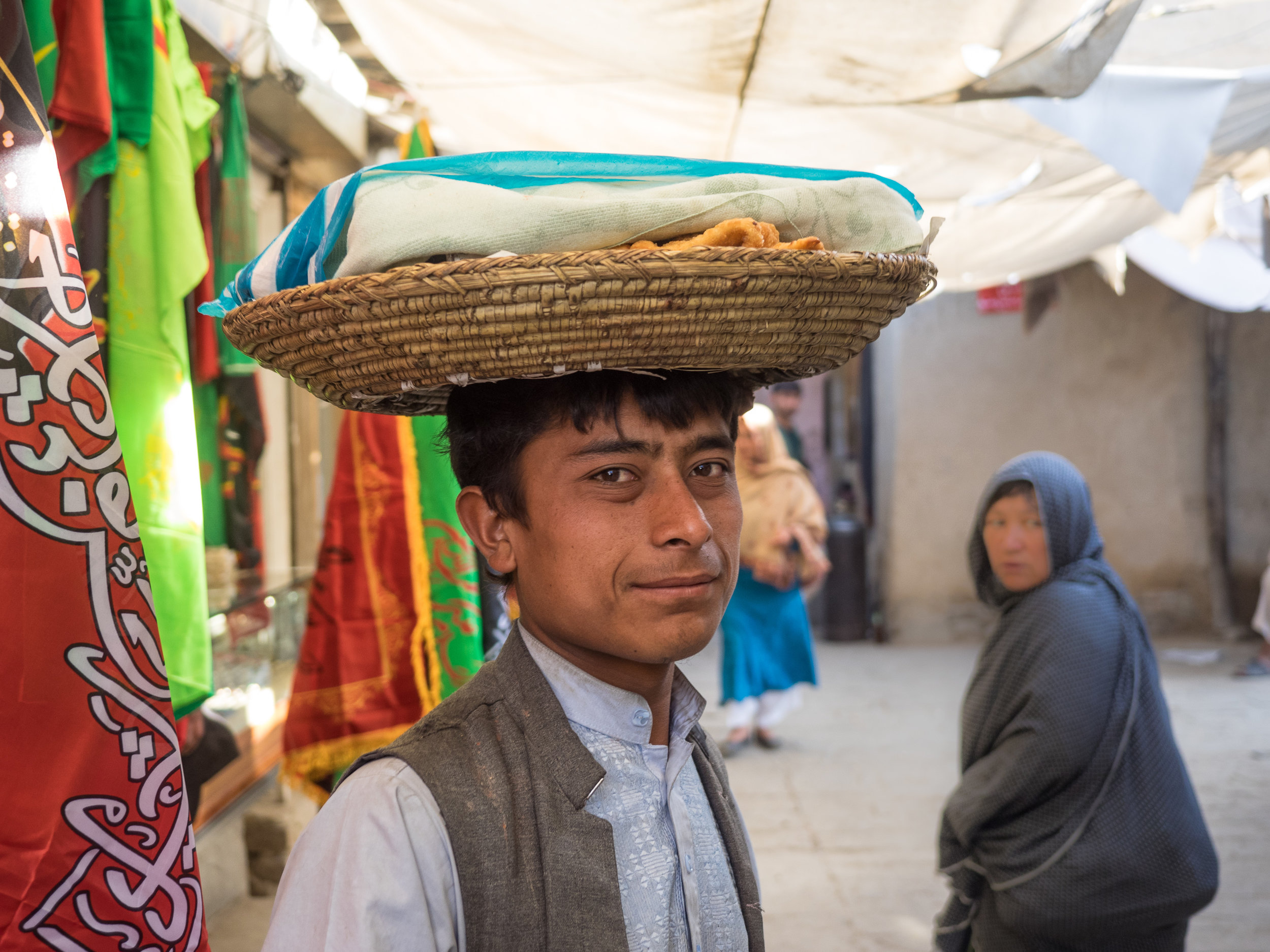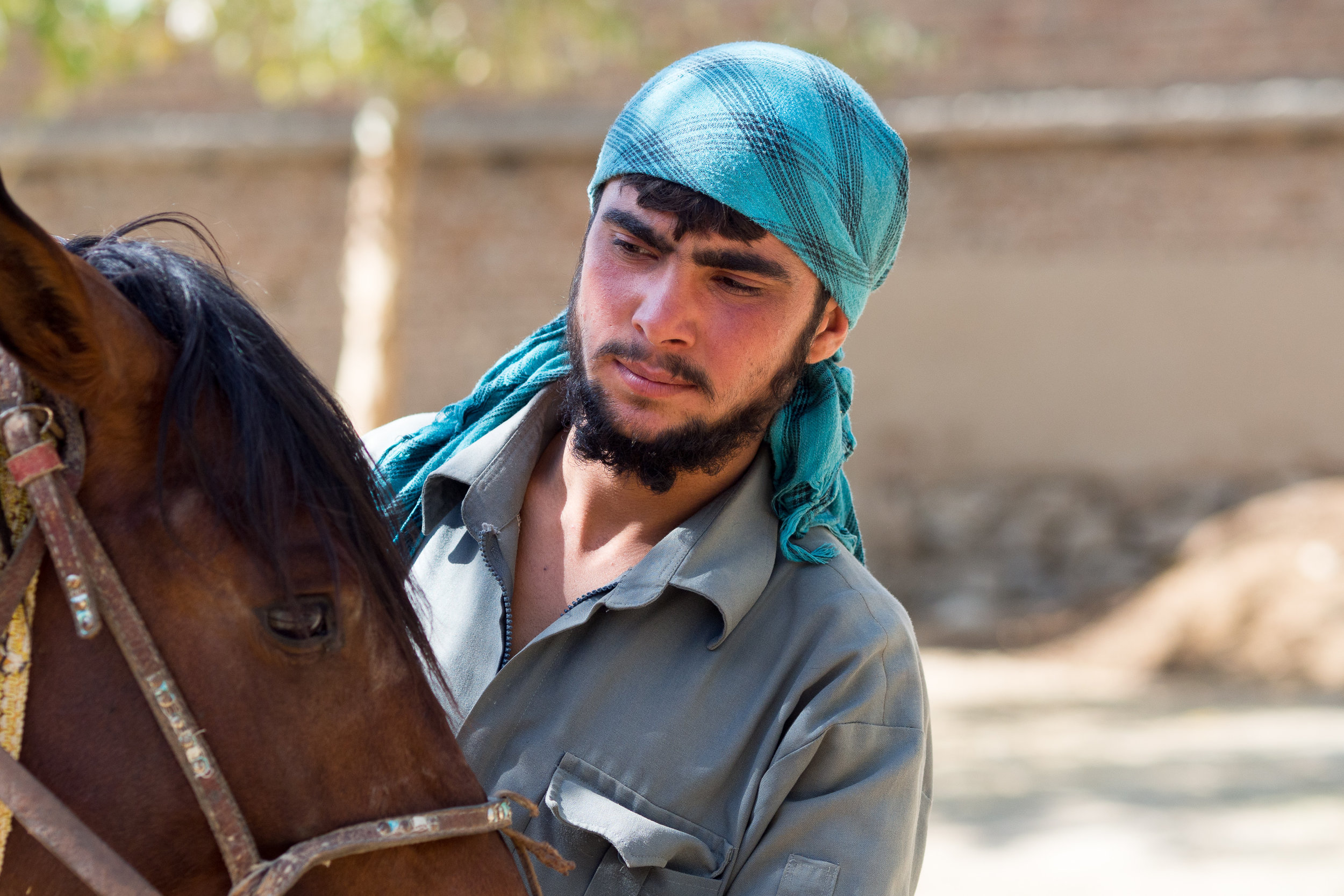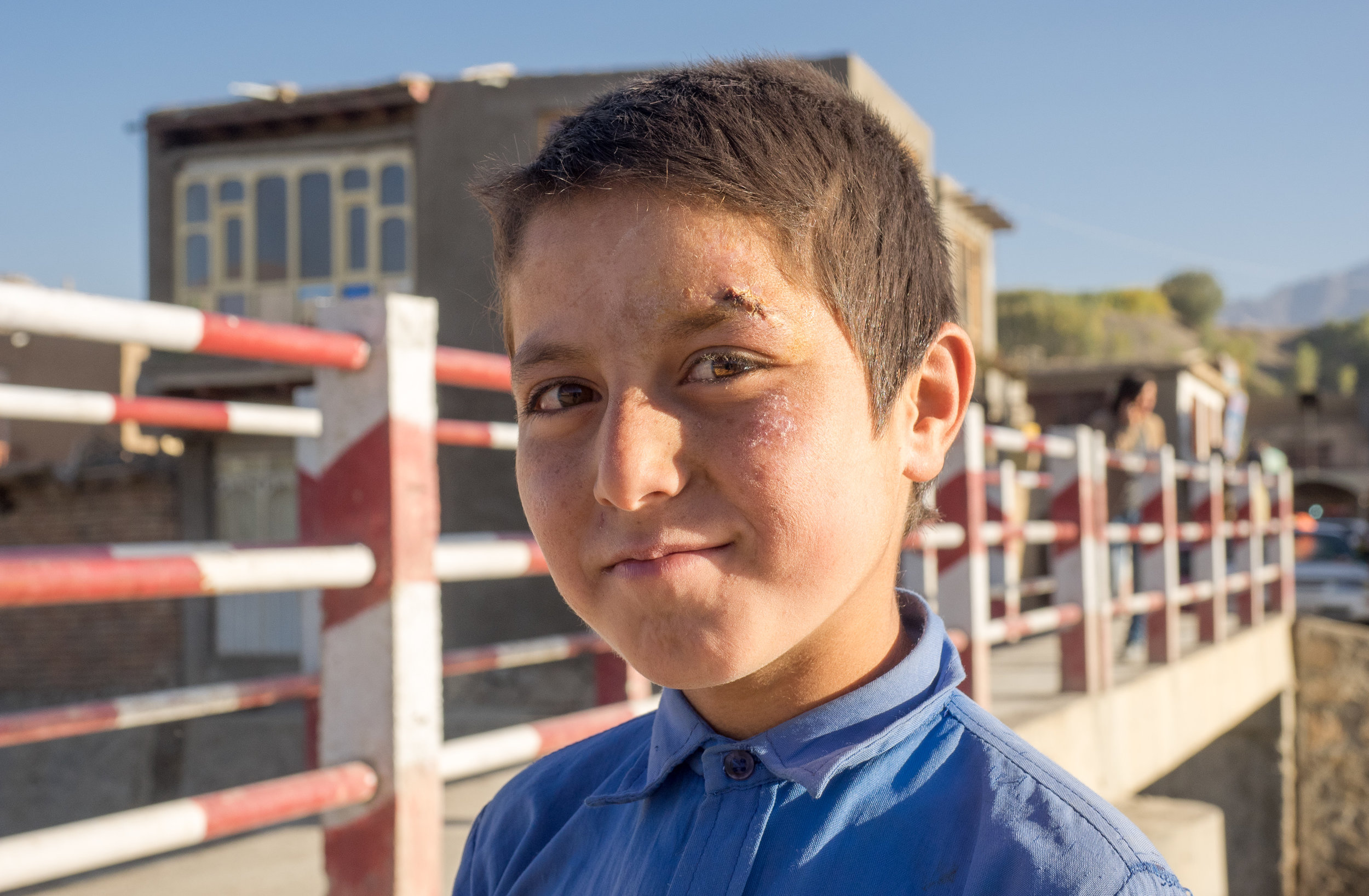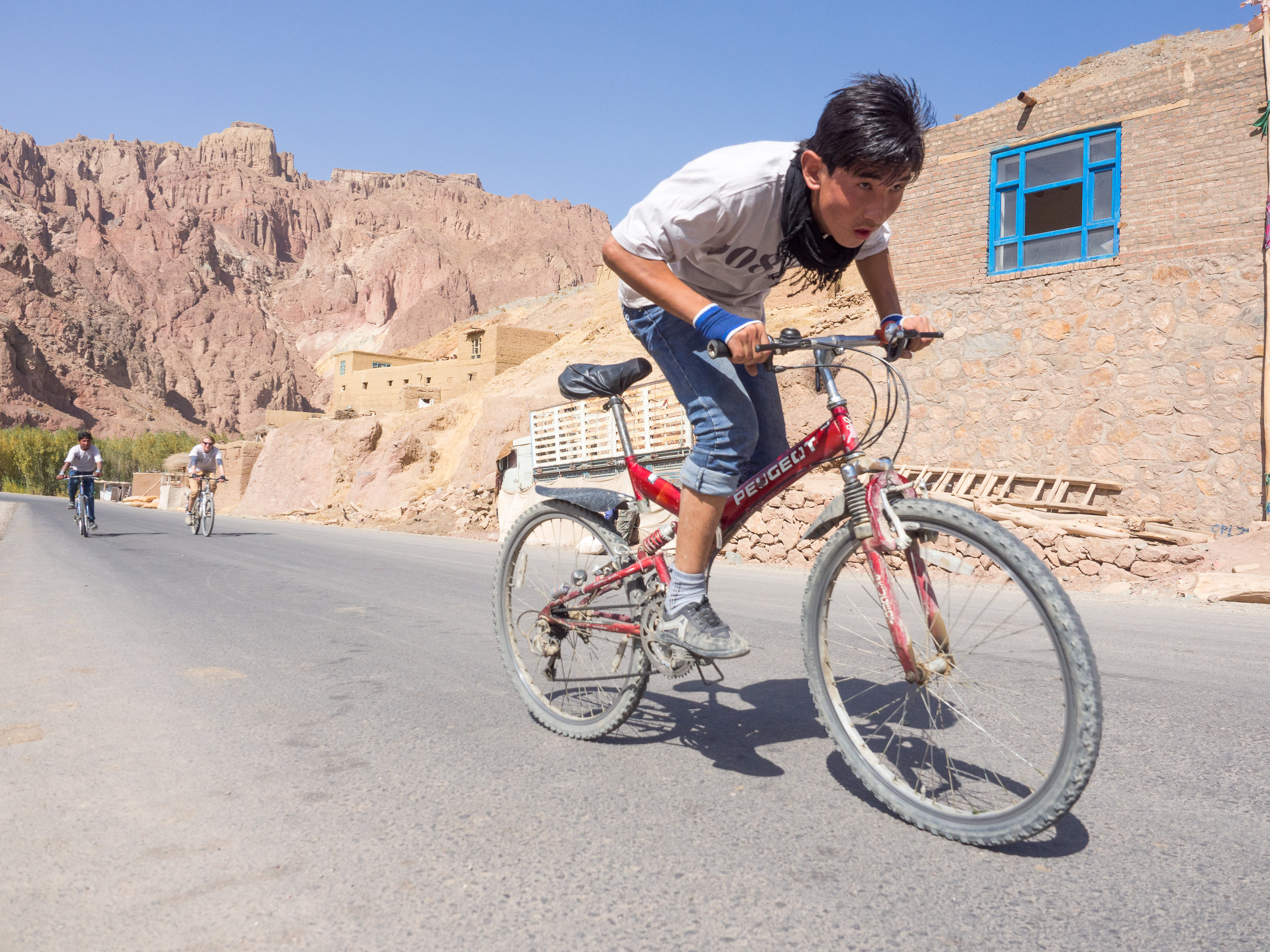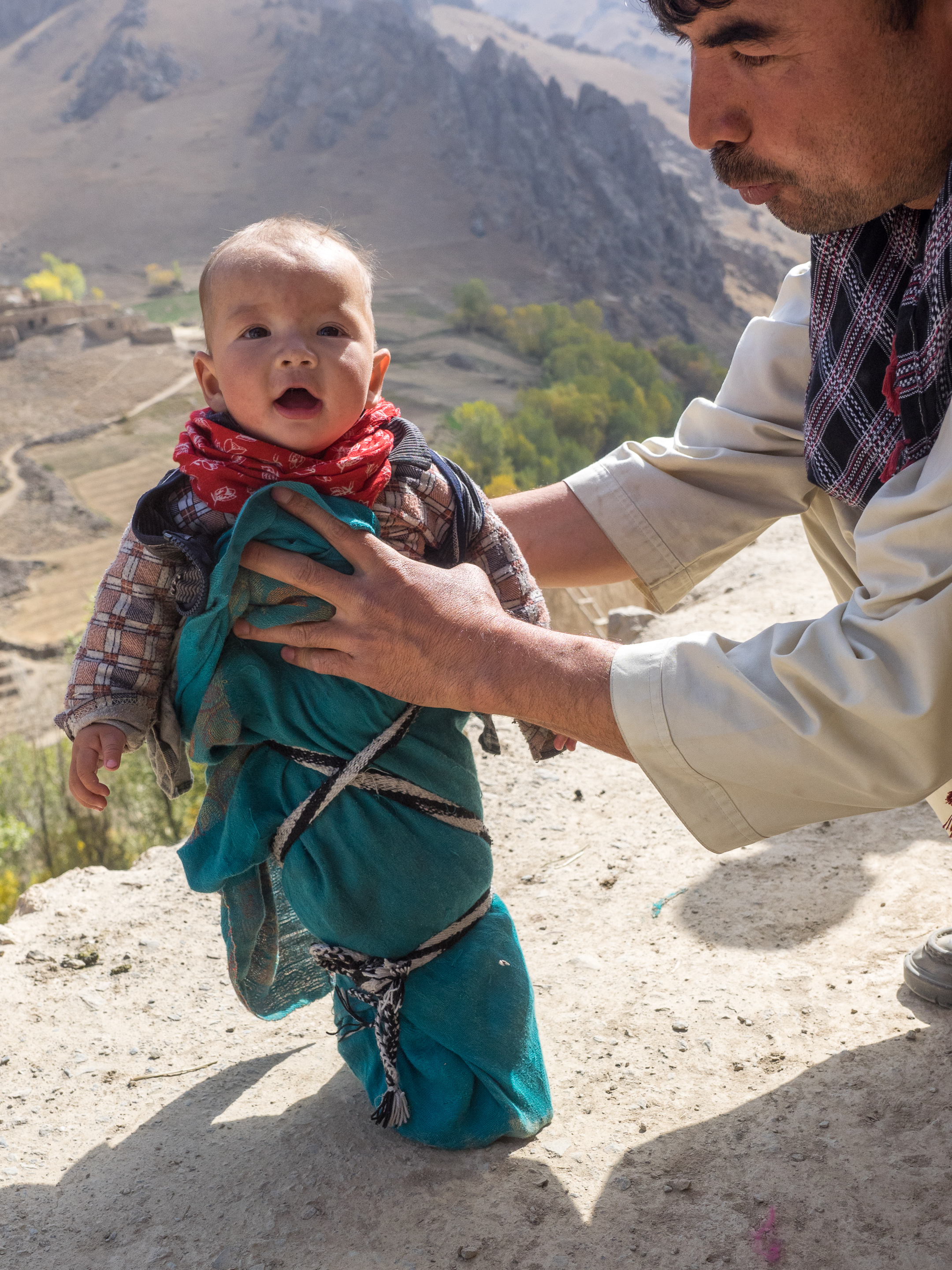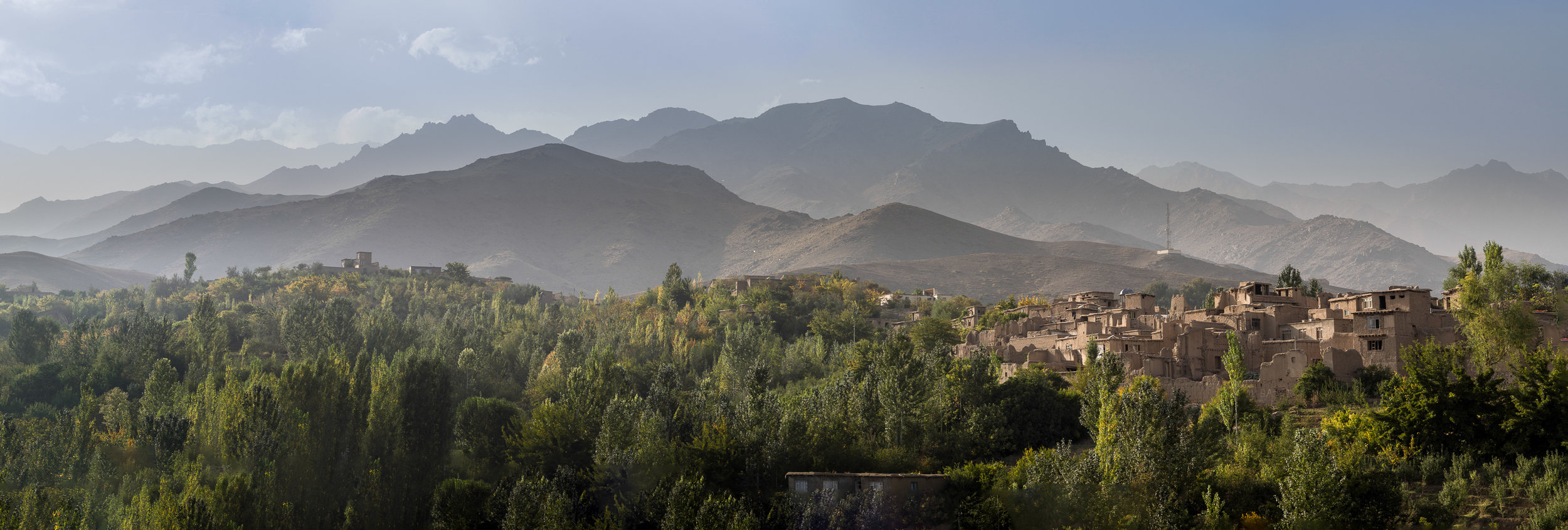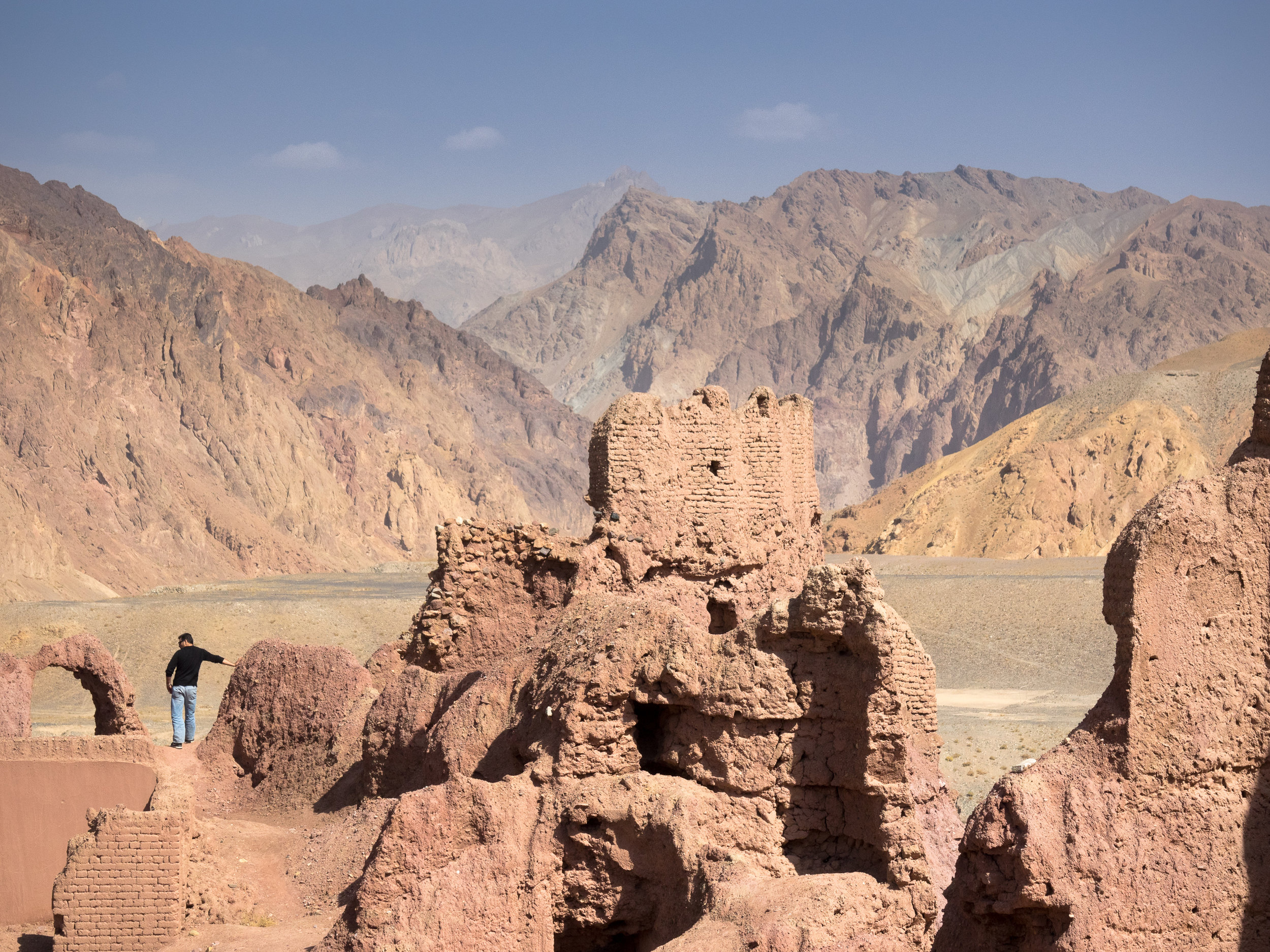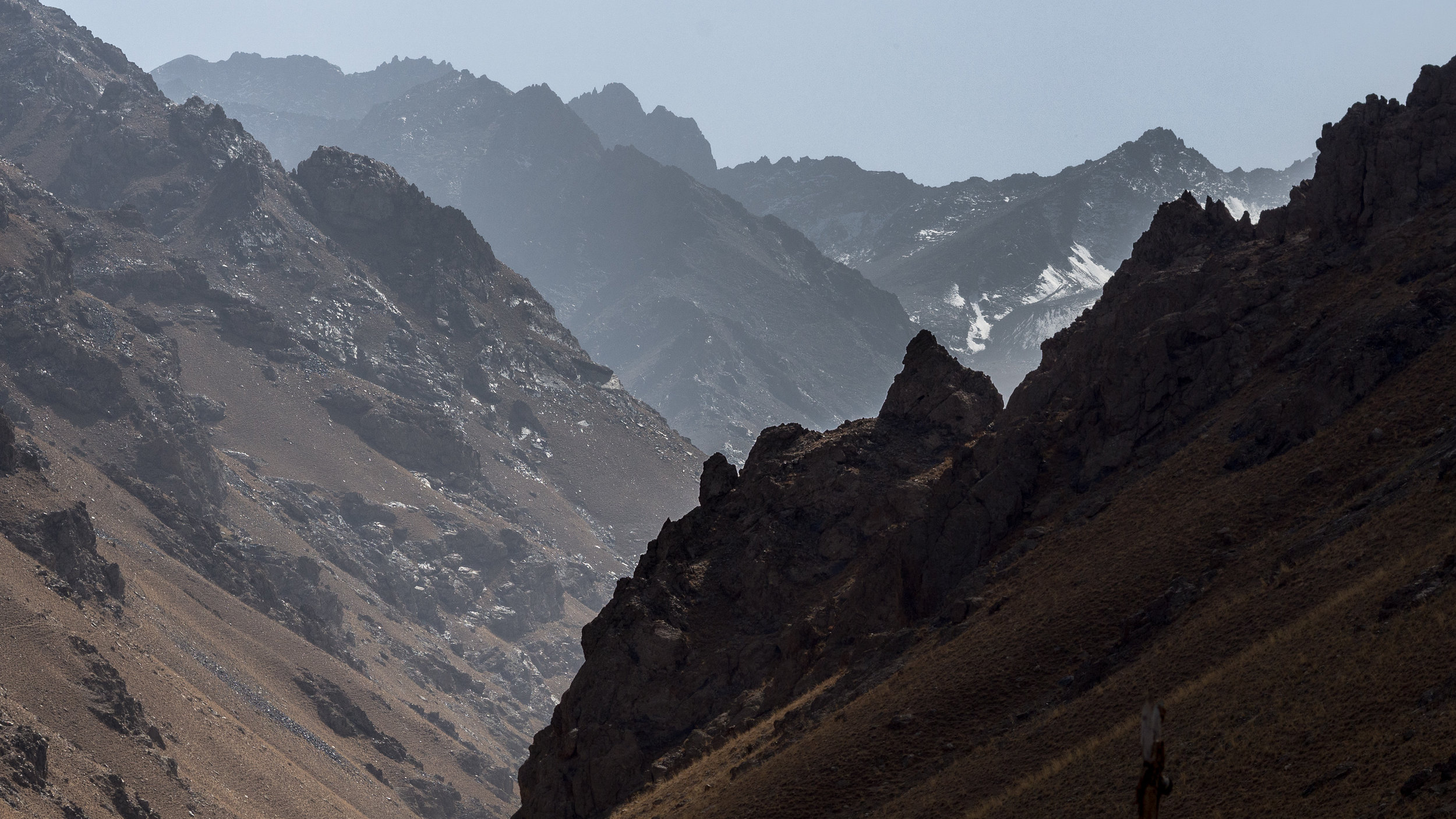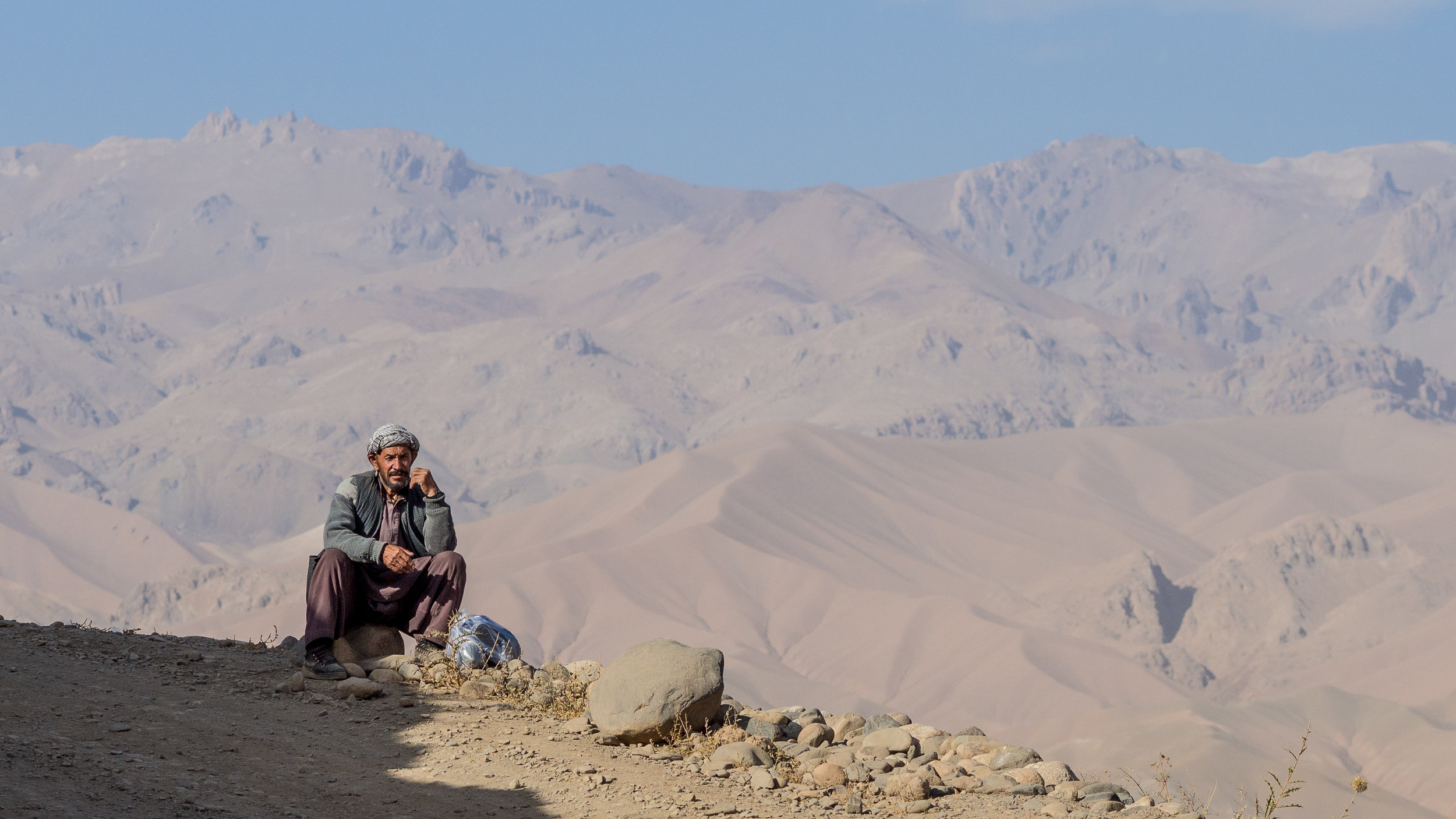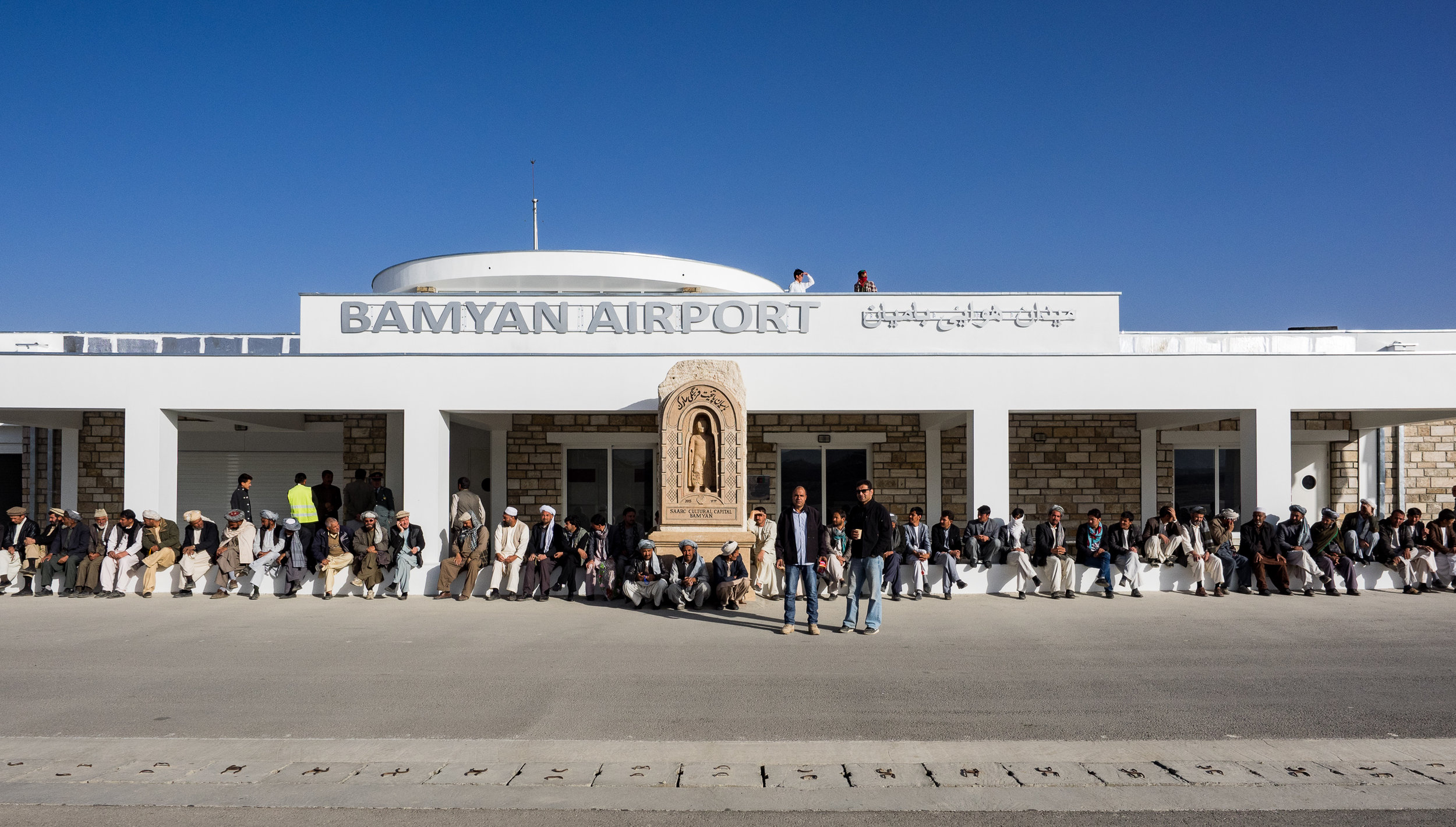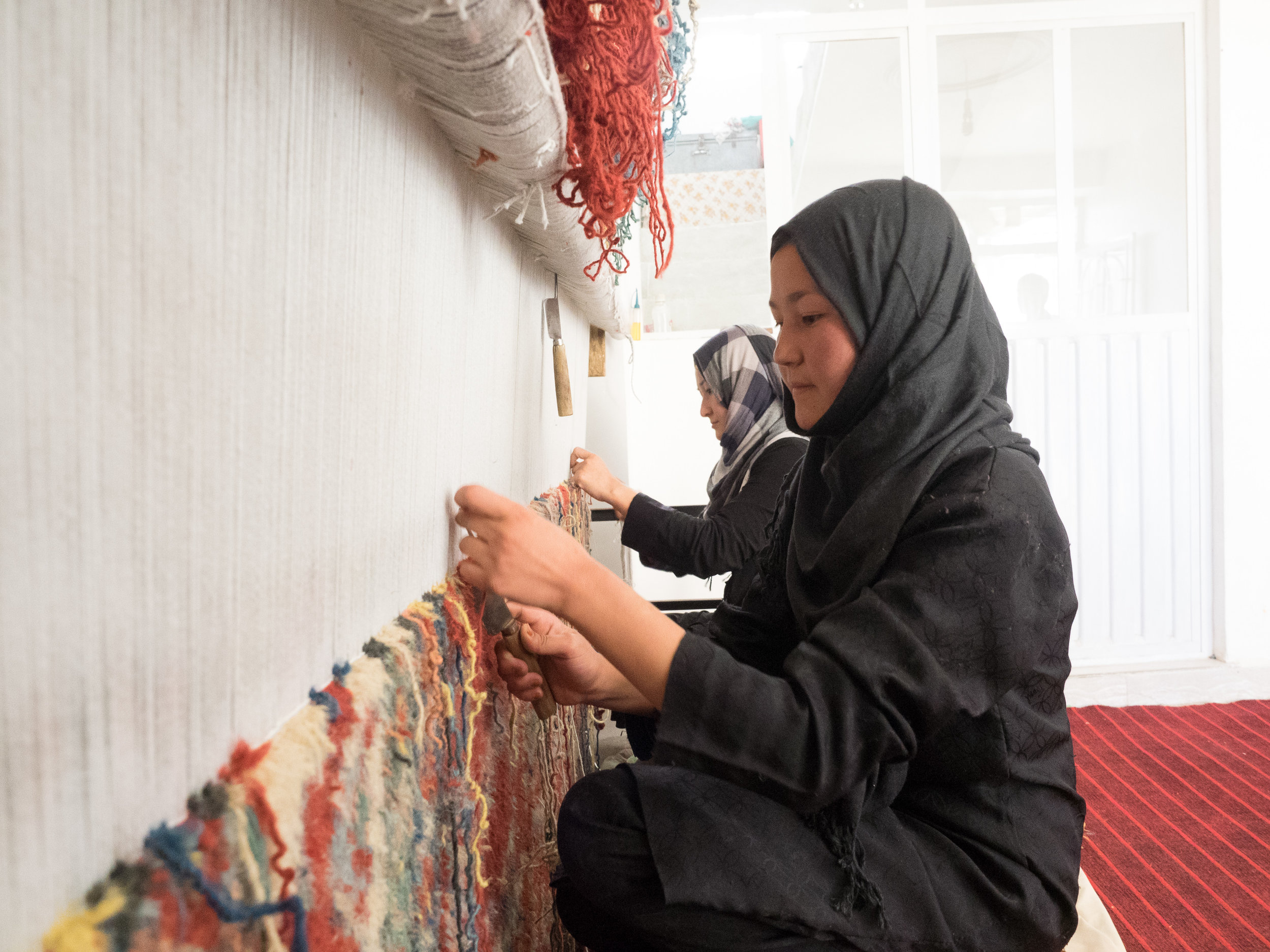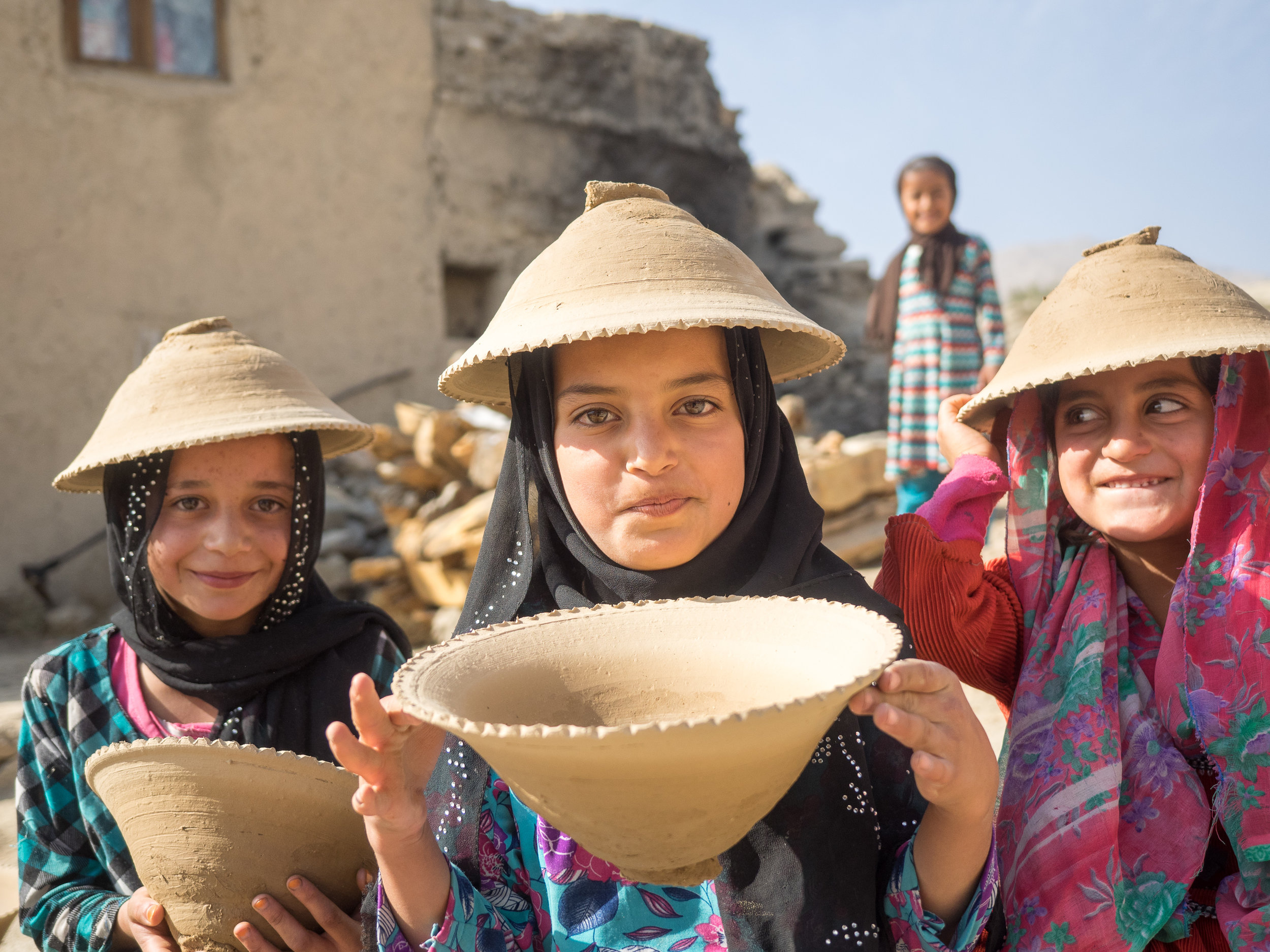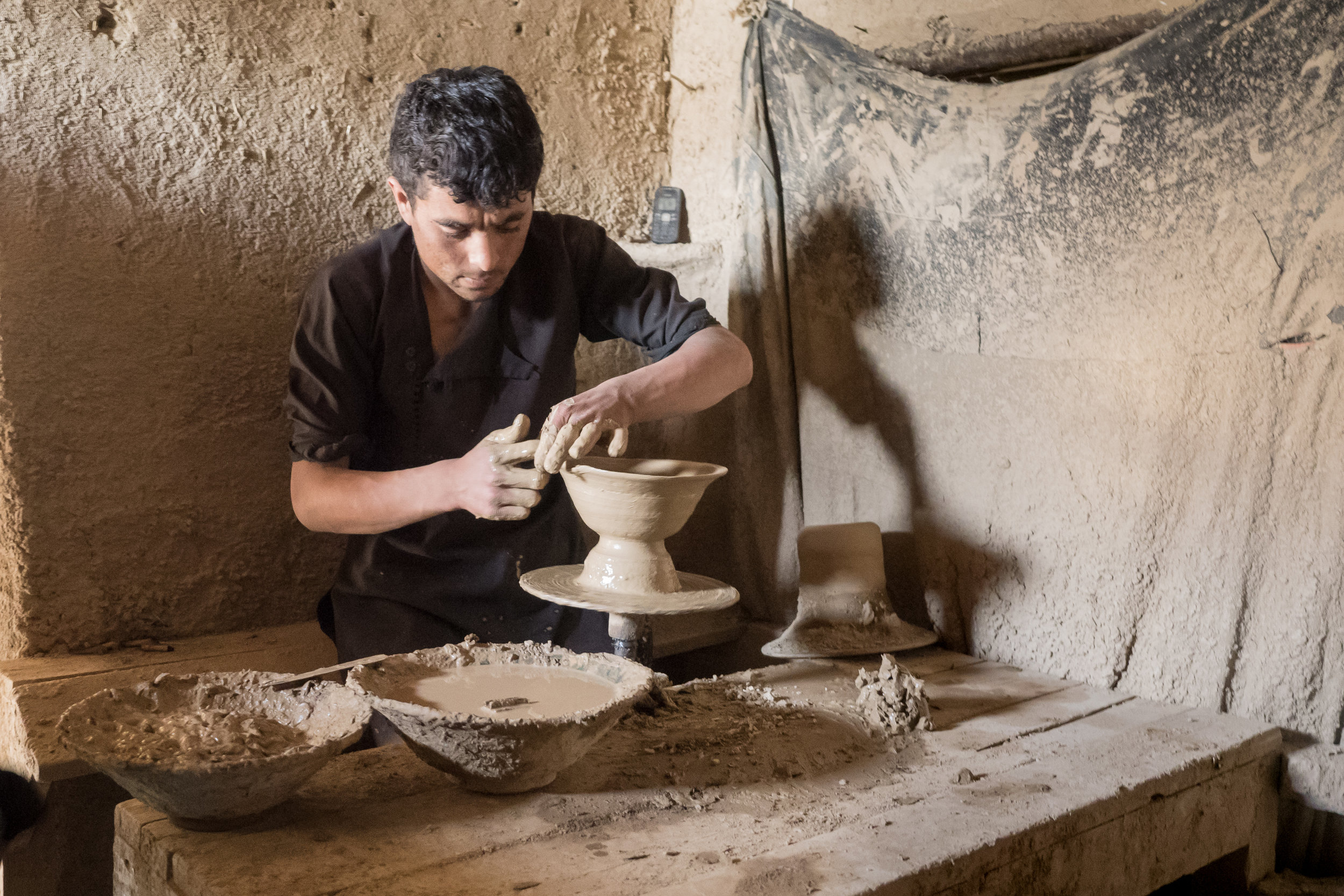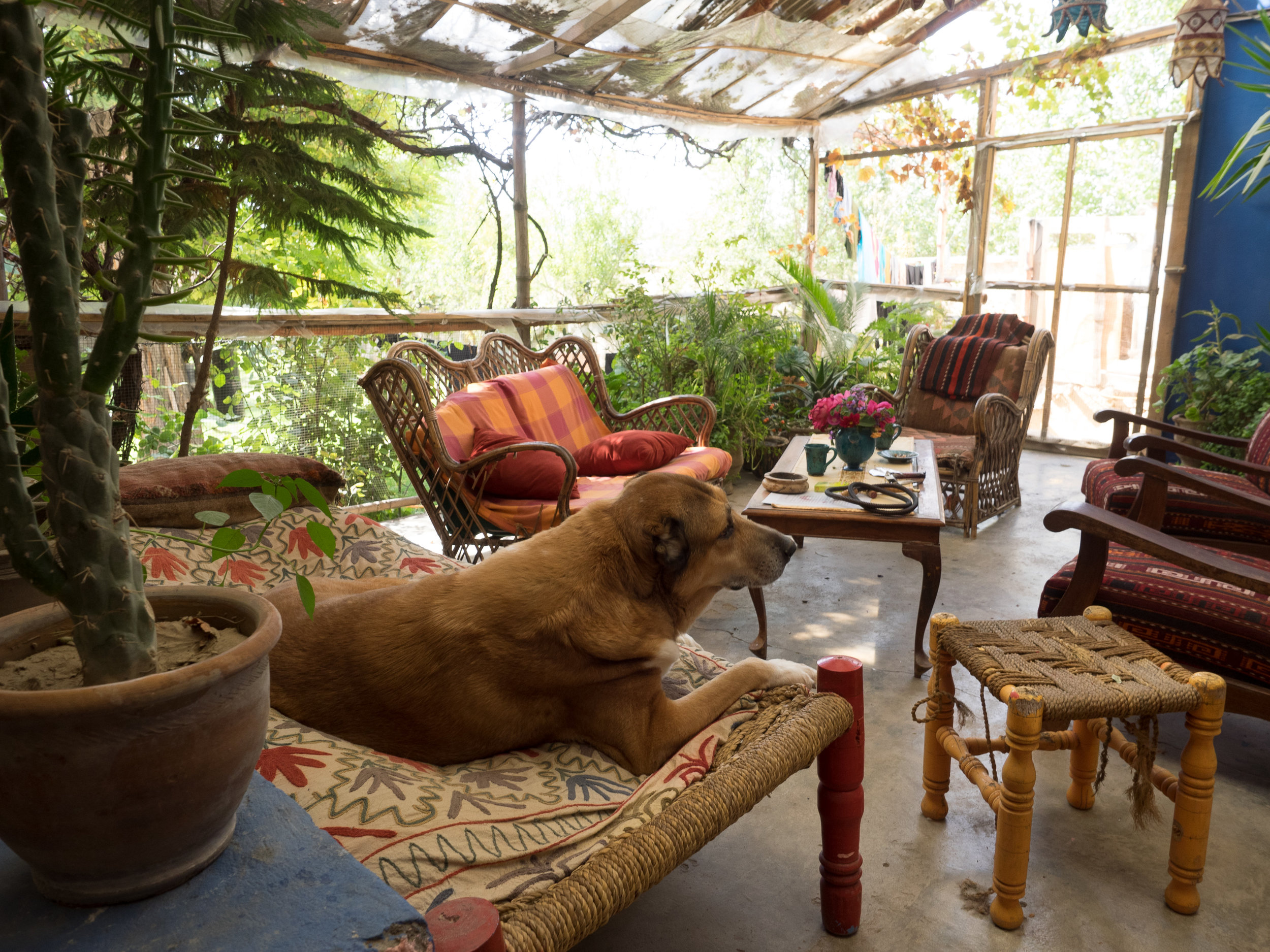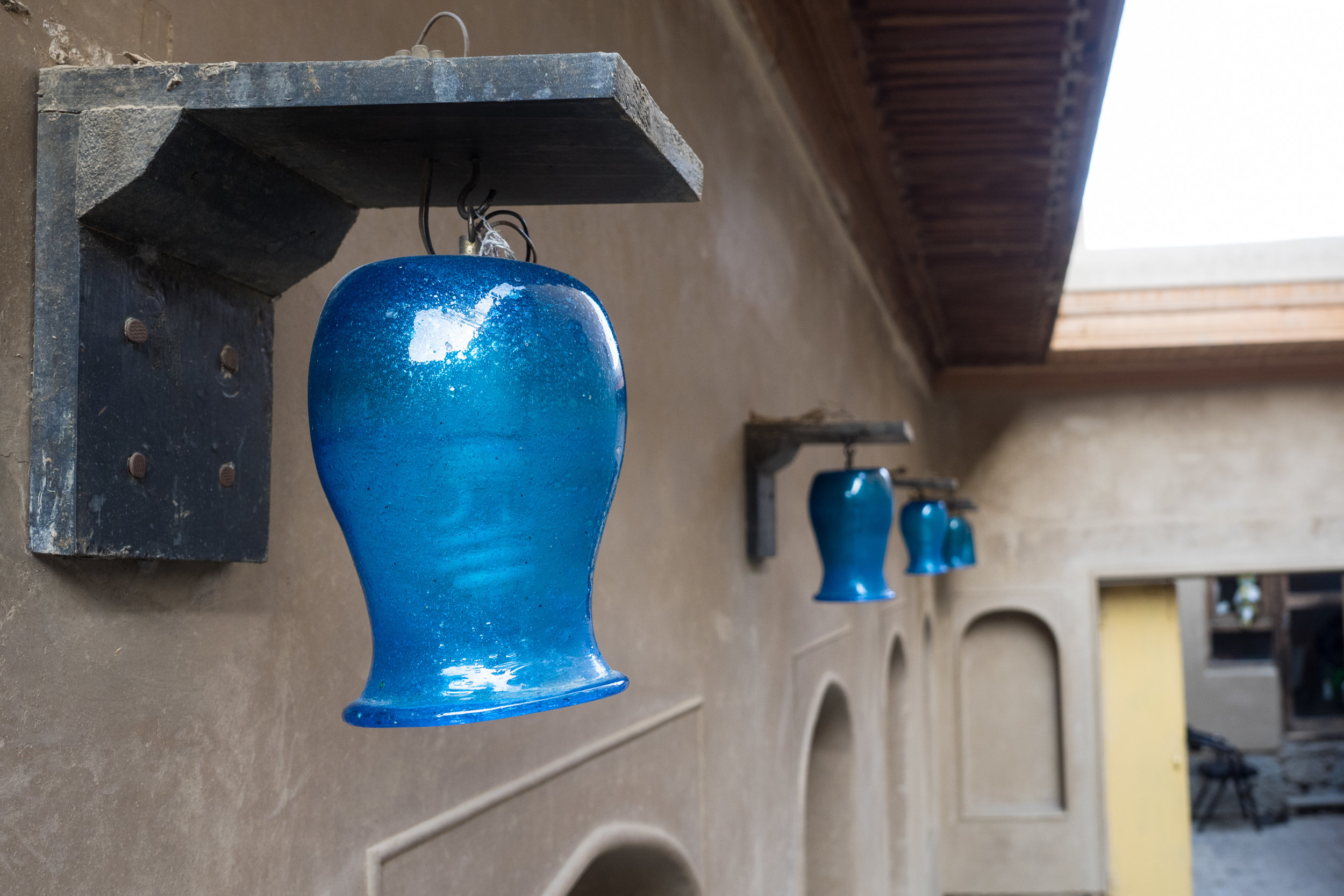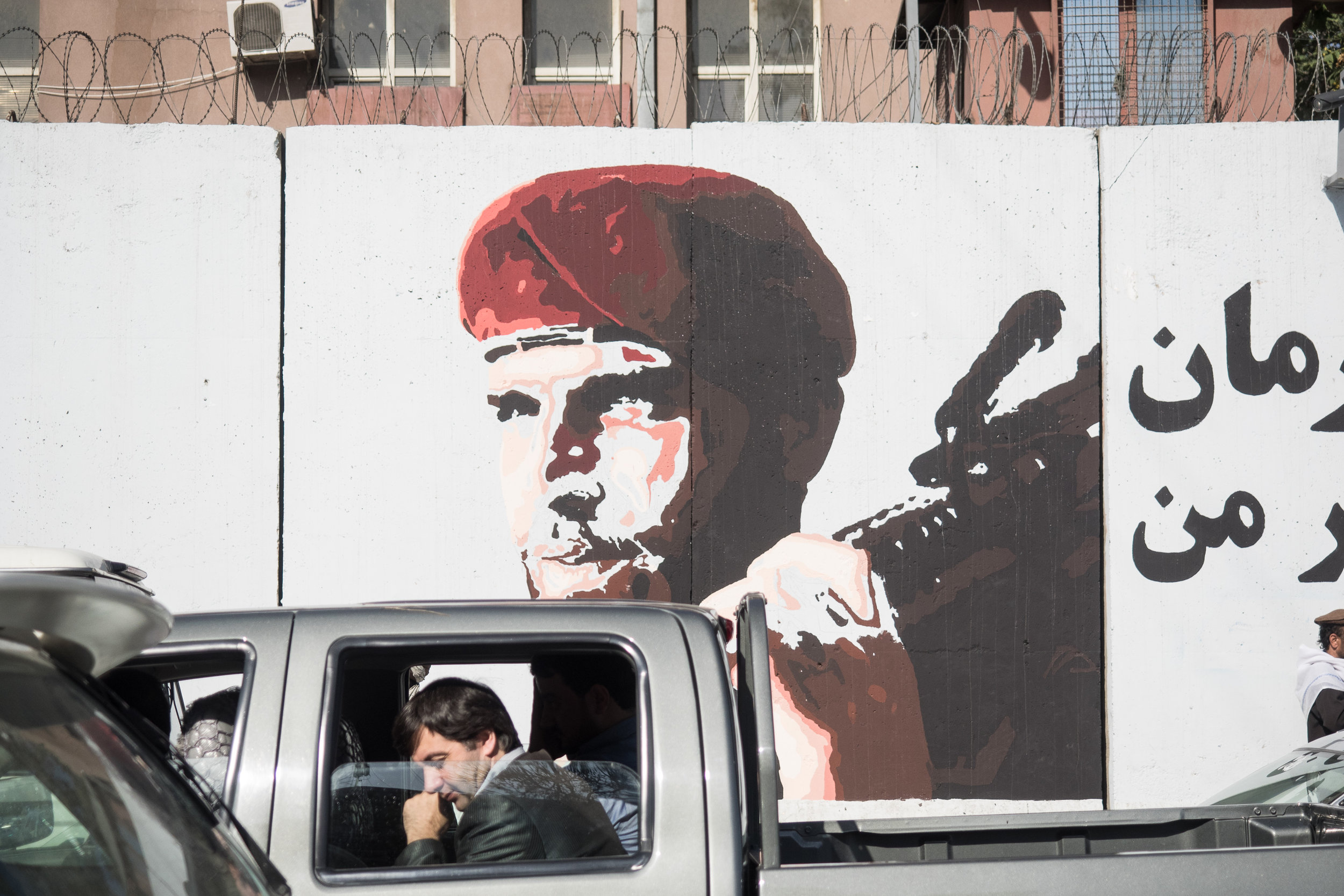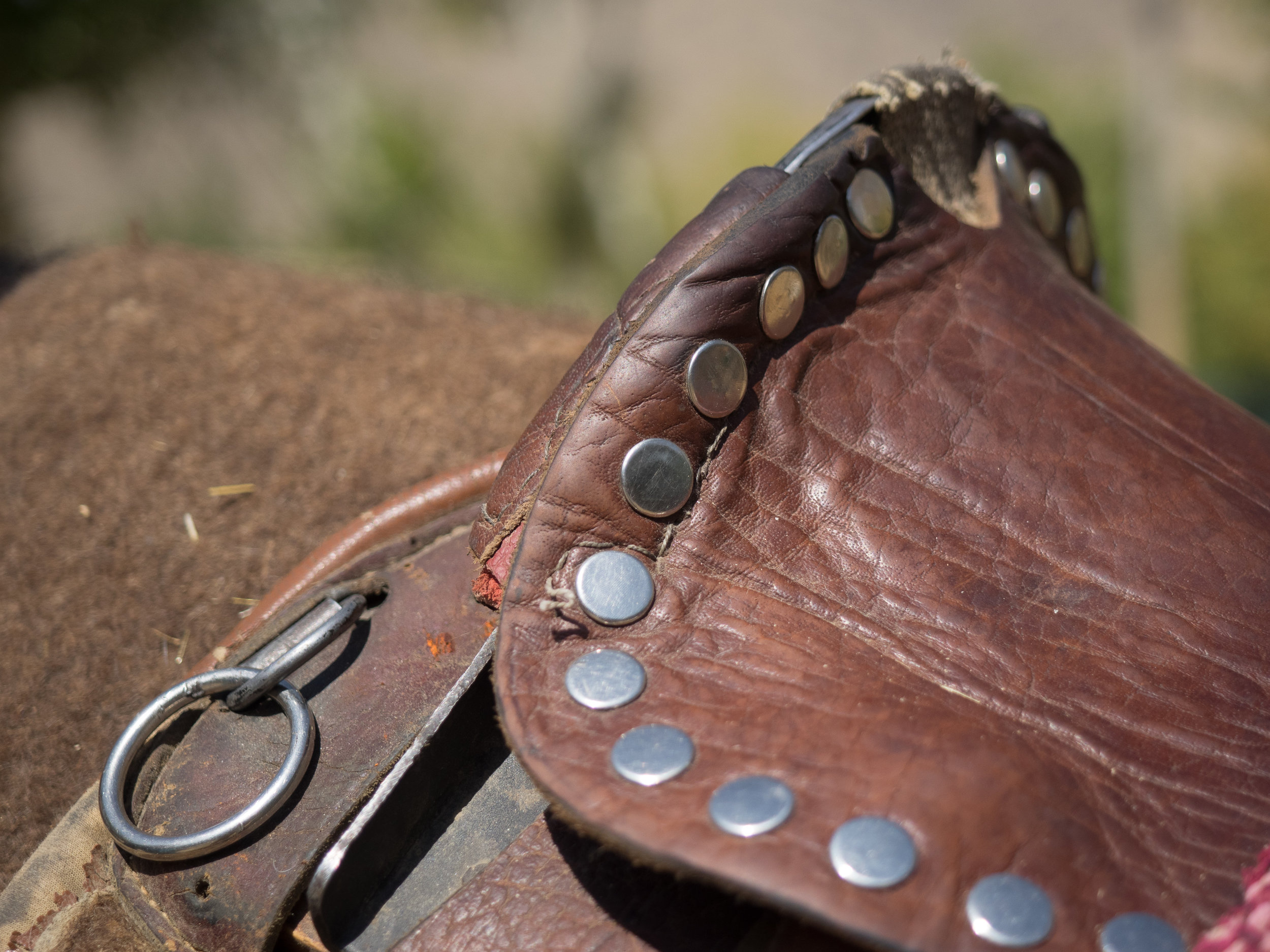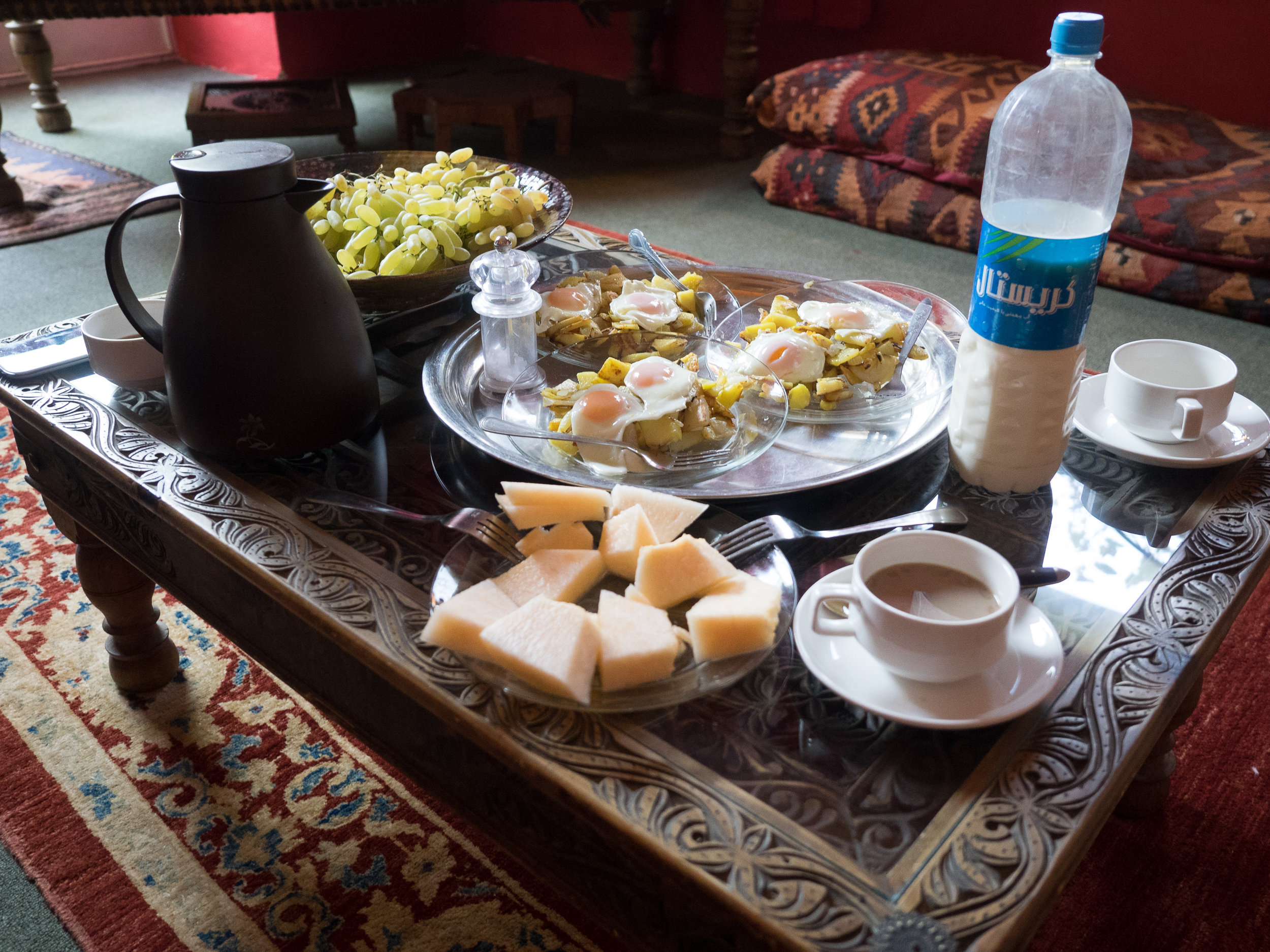Afghanistan: Wartime Tourism
Afghanistan is not technically at war and I was not strictly a tourist. But much of the country is driven by fear and uncertainty. In Kabul, helicopters thunder overhead - two crashed while I was there. SUV's vie with herds of goats, meandering donkey carts and zipping minibuses - doors and throttles wide open - in a constant game of chicken made even more challenging by newly paved roads that suddenly revert back into bone-jarring, rock-strewn, off-road obstacle courses. Police check-points also slow down the traffic. Some shopping arcades and up-scale restaurants have bullet-proof doors with multiple security checks, but the local markets are fine and food stalls are everywhere. You just have to know who has the best kebabs.
Shooting People
by camera is treated with mistrust; cameras with large lenses resemble weapons. By contrast, smart phones are generally accepted. This presented some unique photographic challenges. My local friends suggested I ask first, preferably after engaging in some kind of banter. Even willing subjects were extremely hesitant to be photographed. Showing them photos on the camera's LCD would often loosen things up for a second round of photos. Children, of course, are the world’s innocent exceptions.
The Landscape
of Afghanistan is stark and foreboding, yet lush and beautiful. Vistas stretch vertically and horizontally in a geographic maelstrom born from the middle of Central Asia.
Art, Craft, and Culture
is everywhere, from impromptu street frescos to the pottery of Istalif to the artisan colony of Blue Mountain, right in the center of Kabul. People will create under any condition.




